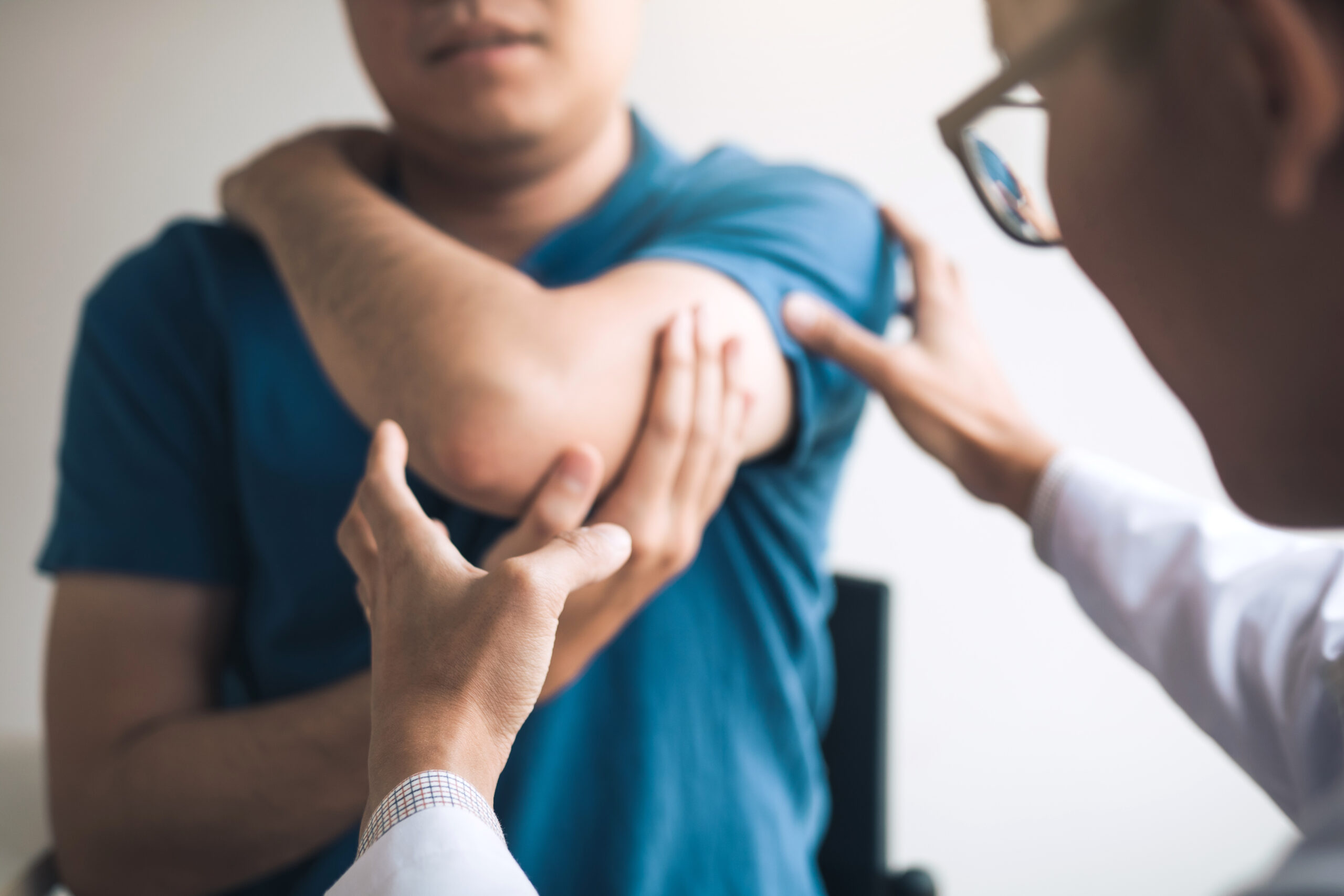Auto accidents are an unfortunate reality, and injuries from these incidents can range from mild to severe. Among the most common injuries sustained in auto accidents are sprains and strains, which can cause significant pain and discomfort. When faced with such injuries, seeking the help of a pain doctor can significantly improve your recovery process and get you back on track.
Understanding Sprains and Strains:
Sprains and strains are injuries that affect the soft tissues of the body, such as ligaments, tendons, and muscles. A sprain occurs when a ligament, which connects bone to bone, is stretched or torn. Strains, on the other hand, involve the stretching or tearing of muscles or tendons, which attach muscles to bones. In an auto accident, these injuries often result from the sudden impact and force exerted on the body.
Symptoms of Sprains and Strains:
While the severity of symptoms may vary depending on the extent of the injury, common signs of sprains and strains include:
Pain and tenderness at the site of the injury
Swelling and inflammation
Bruising or discoloration
Limited range of motion
Weakness or instability
How a Pain Doctor Can Help:
A pain doctor, also known as a pain management specialist, has extensive training and experience in diagnosing and treating various types of pain, including those resulting from auto accidents. When you consult a pain doctor for sprains and strains, they can provide valuable assistance in several ways:
Accurate Diagnosis: A pain doctor will conduct a thorough physical examination, and may also order imaging tests such as X-rays, MRI, or ultrasound to accurately diagnose the extent of your injury.
Personalized Treatment Plan: Based on your specific needs and the severity of your injury, a pain doctor will develop a personalized treatment plan that may include a combination of pain-relief medications, physical therapy, and other non-surgical interventions.
Physical Therapy and Rehabilitation: A crucial aspect of recovering from sprains and strains is regaining strength and mobility. A pain doctor can recommend physical therapy exercises and stretches that target the affected area, helping you return to normal functioning as quickly as possible.
Pain Management Techniques: A pain doctor can recommend various pain management techniques such as hot and cold therapy, massage, acupuncture, or transcutaneous electrical nerve stimulation (TENS) to help you cope with pain and discomfort during your recovery.
Ongoing Support and Monitoring: As you progress through your recovery, a pain doctor will continue to monitor your healing and adjust your treatment plan accordingly. This ensures that you receive the most appropriate care at each stage of the process.
